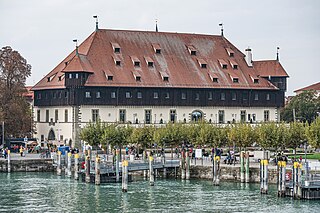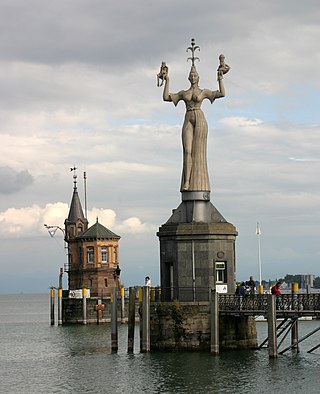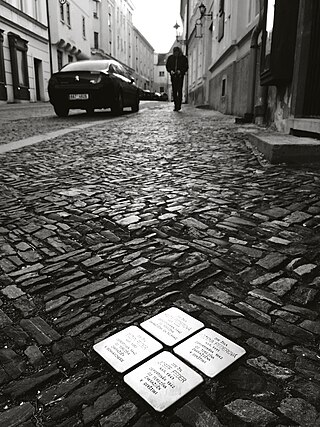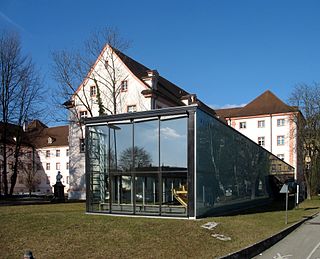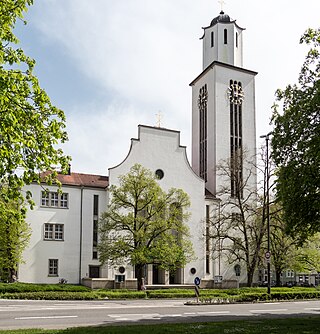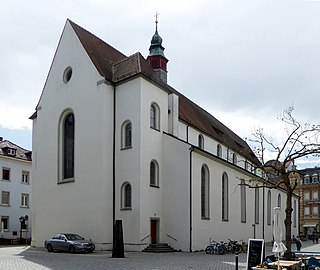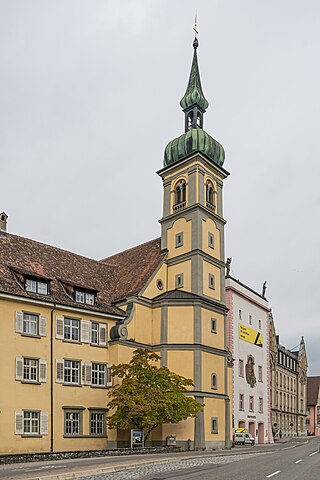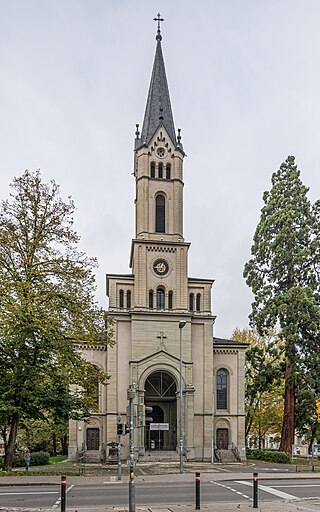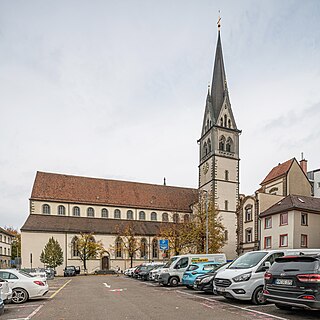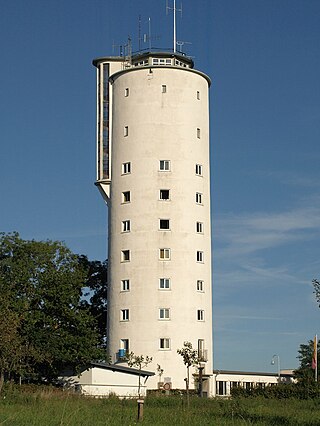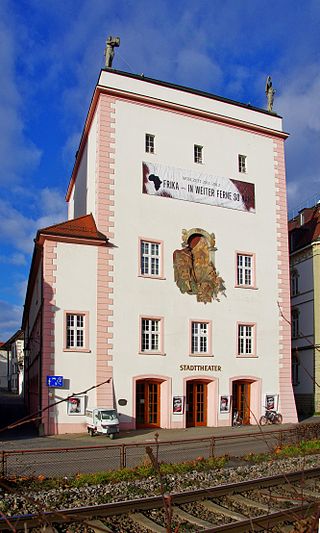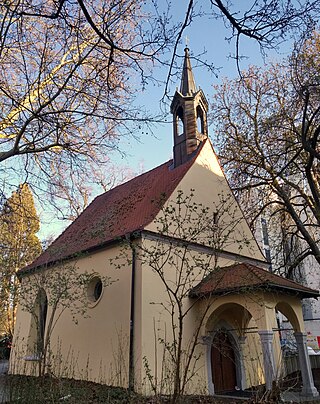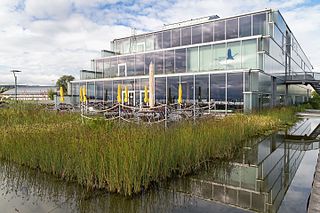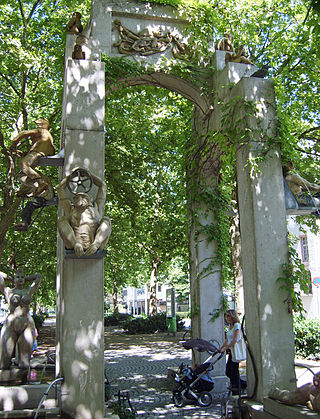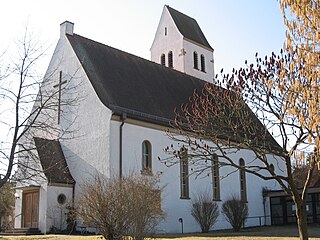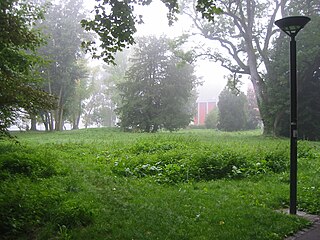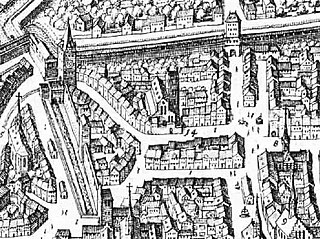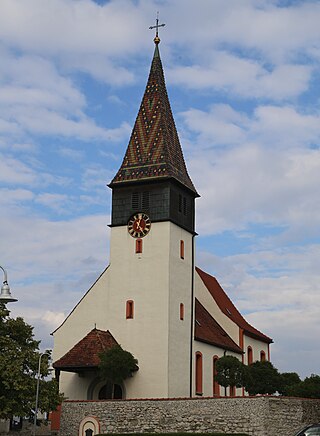22 Sights in Constance, Germany (with Map and Images)
Legend
Welcome to your journey through the most beautiful sights in Constance, Germany! Whether you want to discover the city's historical treasures or experience its modern highlights, you'll find everything your heart desires here. Be inspired by our selection and plan your unforgettable adventure in Constance. Dive into the diversity of this fascinating city and discover everything it has to offer.
Sightseeing Tours in ConstanceActivities in ConstanceThe Council Building is a sight in Constance on the shores of Lake Constance. The three-storey, massive stone building with a hipped roof was built from 1388 onwards as a warehouse for travelling and local traders and served as a transshipment point for trade goods at the port of Constance for almost 500 years. During the Council of Constance from 1414 to 1418, the conclave for the election of Pope Martin V took place in this spacious building in 1417. It is considered the largest preserved medieval secular building in southern Germany and has been used as a restaurant, ballroom and congress centre since 1912.
Imperia is a statue at the entrance of the harbour of Konstanz, Germany, commemorating the Council of Constance that took place there between 1414 and 1418. The concrete statue is 9 metres (30 ft) high, weighs 18 tonnes, and stands on a pedestal that rotates around its axis once every four minutes. It was created by Peter Lenk and clandestinely erected in 1993. The erection of the statue caused controversy, but it was on the private property of a rail company that did not object to its presence. Eventually, it became a widely-known landmark of Konstanz.
3. Bernhard Goldlust
A Stolperstein is a ten-centimetre (3.9 in) concrete cube bearing a brass plate inscribed with the name and life dates of victims of Nazi extermination or persecution. Literally, it means 'stumbling stone' and metaphorically 'stumbling block'.
4. Archäologisches Landesmuseum
The State Archaeological Museum of Baden-Württemberg (ALM) looks after the state archaeology of Baden-Württemberg by preserved, researched and presented archaeological finds from the state. Together with the Haus der Geschichte Baden-Württemberg in Stuttgart, it is one of only two historically oriented museums with a jurisdiction for the entire state of Baden-Württemberg. Its legal form is that of a state company. The exhibition space – including that of the branch museums – is 8,717 m².
Wikipedia: Archäologisches Landesmuseum Baden-Württemberg (DE), Website
5. BSB Konstanz

Reederei Bodensee-Schiffsbetriebe GmbH (BSB) is a 100 percent subsidiary of Stadtwerke Konstanz GmbH. The company is headquartered in Konstanz in the district of Konstanz in Baden-Württemberg. With its fleet, the company carries out regular scheduled traffic as well as excursion trips throughout Lake Constance. It is also a provider of event and charter trips.
6. St. Gebhardskirche
St. Gebhard is a Roman Catholic church built in 1929/30 in Constance on Lake Constance. Since 2002, the parish has belonged to the pastoral care unit of Constance-Petershausen in the deanery of Constance of the Archdiocese of Freiburg.
7. Dreifaltigkeitskirche
The Holy Trinity Church is a church building in Constance on Lake Constance. Since it was built in the late 13th century for the local monastery of the Augustinian hermits, it is also called the Augustinian Church. It functioned as a monastery church until the dissolution of the monastery in 1802 and, from the 17th century, also as a garrison church, then as a hospital church, Old Catholic church (1873–1904), Roman Catholic parish church and today an ecumenical "City Church". Due to its harmonious combination of simple Gothic mendicant architecture, late Gothic frescoes and Baroque picture and stucco decoration, it is one of the most important sacred monuments in the city and one of the sights of Constance.
8. Alt-katholische Christuskirche
The Christuskirche St. Konrad is a baroque church building in the old town of Constance on Lake Constance, between the cathedral and the city theater, facing Konzilstraße. The church has been used by the Old Catholic community since 1904. The name Christuskirche, but without the addition of St. Konrad, is given to the Protestant church in Konstanz-Wollmatingen.
9. Lutherkirche
The Luther Church is a church building of the Protestant Church in Constance on Lake Constance. It stands outside the historic old town, on the eastern edge of the Paradies area, which was developed after the demolition of the city wall. The church is surrounded by Lutherplatz, at the transition from the Obere Laube to the Untere Laube. It is oriented in a west-northwest-east-southeast direction.
10. Synagoge Konstanz
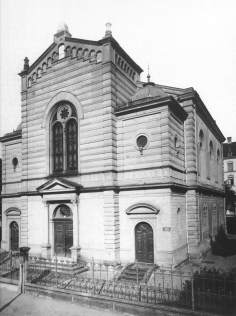
The synagogue in Konstanz, the district seat of the district of Konstanz in Baden-Württemberg, was built in 1882/1883 and destroyed during the November pogroms of 1938. This first synagogue was located in Sigismundstraße. A new building was inaugurated in 2019.
11. Stephanskirche
St. Stephen's Church is a former collegiate and parish church in the old town of Constance. It is a three-aisled basilica with a side tower next to the transition from the nave to the choir. St. Stephen's Church is considered the oldest church foundation in Constance. Today it belongs to the Catholic pastoral care unit Konstanz-Altstadt.
12. Otto-Moericke-Turm
The Otto Moericke Tower in the Allmannsdorf district of Constance, named after the former mayor of Constance, Otto Moericke, is a former water tower. It stands west about 200 metres from the shore of Lake Constance at the highest point of the village on the Allmannshöhe (458 m). The white, cylindrical structure forms a striking landmark visible from wide areas of Lake Constance; it also served as a youth hostel from the beginning.
13. Theater Konstanz
Stadttheater Konstanz is a theatre in Konstanz, Baden-Württemberg, Germany, whose history dates from 1607. The theatre operates three venues, Municipal Theatre (Stadttheater), Workshop (Werkstatt) and Hall of Mirrors (Spiegelhalle).
14. Schottenkapelle
The Schottenkapelle St. Jakob is a Catholic former cemetery chapel from 1589 on the edge of Schottenplatz and near the Alexander-von-Humboldt-Gymnasium in Constance. The building is a listed building.
15. Bodensee-Naturmuseum
The Lake Constance Museum of Nature is the natural history museum of the city of Konstanz and is located in the building of the Sea-Life-Center near the Swiss border. The exhibitions of this museum focus on the geological development and nature of Lake Constance.
16. Triumphbogen / Laubebrunnen
The Konstanz Triumphal Arch is a fountain in Constance, Germany, designed and executed by the sculptor Peter Lenk. It was built in 1992 on the median strip of the main thoroughfare "Untere Laube", the most important transit route to Switzerland at that time, which was very busy. The fountain satirizes the traffic situation.
17. Fürstenberg
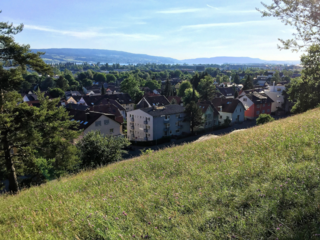
The Fürstenberg is a hill in the Fürstenberg district of the city of Constance. It has an area of 3.4 hectares, is 450 metres long and 140 metres wide. It has a height of about 30 metres compared to the surrounding terrain, the highest point is at 437 m above sea level.
18. Christuskirche
The Christuskirche Wollmatingen is the church of the Protestant parish of Konstanz-Wollmatingen, it belongs to the church district of Konstanz of the Evangelical Church in Baden and was built in 1933/1934 by the architects Karl Kunzmann and Berthold Sack. It is located in a prominent location in the Wollmatingen district of Constance on the Drumlin Längerbohl at an altitude of about 430 m.
19. Herosépark
The Herosé Park is located in the Petershausen district of Constance between the Seerhein, the street Am Rheinufer and the Reichenaustraße. To the west, next to the park, was the eponymous textile printing company Herosé until 2000, at the east end of the park is the Villa Rheinburg, behind it are the Municipal Children's House on the Rhine and indoor swimming pool of the city of Constance.
20. Maria-Hilf
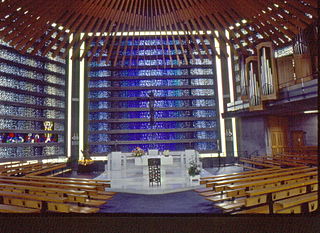
The Maria-Hilf-Kirche is a Roman Catholic church building in Constance, Germany. It belongs to the Catholic parish of St. Georg – Maria Hilf in the deanery of Constance of the Archdiocese of Freiburg.
21. K 9
The Catholic parish church of St. Paul, also known as St. Paul's Church, in the German city of Constance was built in the 10th century and profaned in 1834. Today, the building houses a cabaret stage, a restaurant and shops.
22. St. Nikolaus
The Roman Catholic parish church of St. Nicholas is located in Dingelsdorf, a district of Konstanz in the district of Konstanz in Baden-Württemberg, Germany. The parish belongs to the deanery of Constance in the Archdiocese of Freiburg. The church of St. Nicholas is registered as an architectural monument with the Baden-Württemberg State Office for the Preservation of Monuments.
Share
How likely are you to recommend us?
Disclaimer Please be aware of your surroundings and do not enter private property. We are not liable for any damages that occur during the tours.
